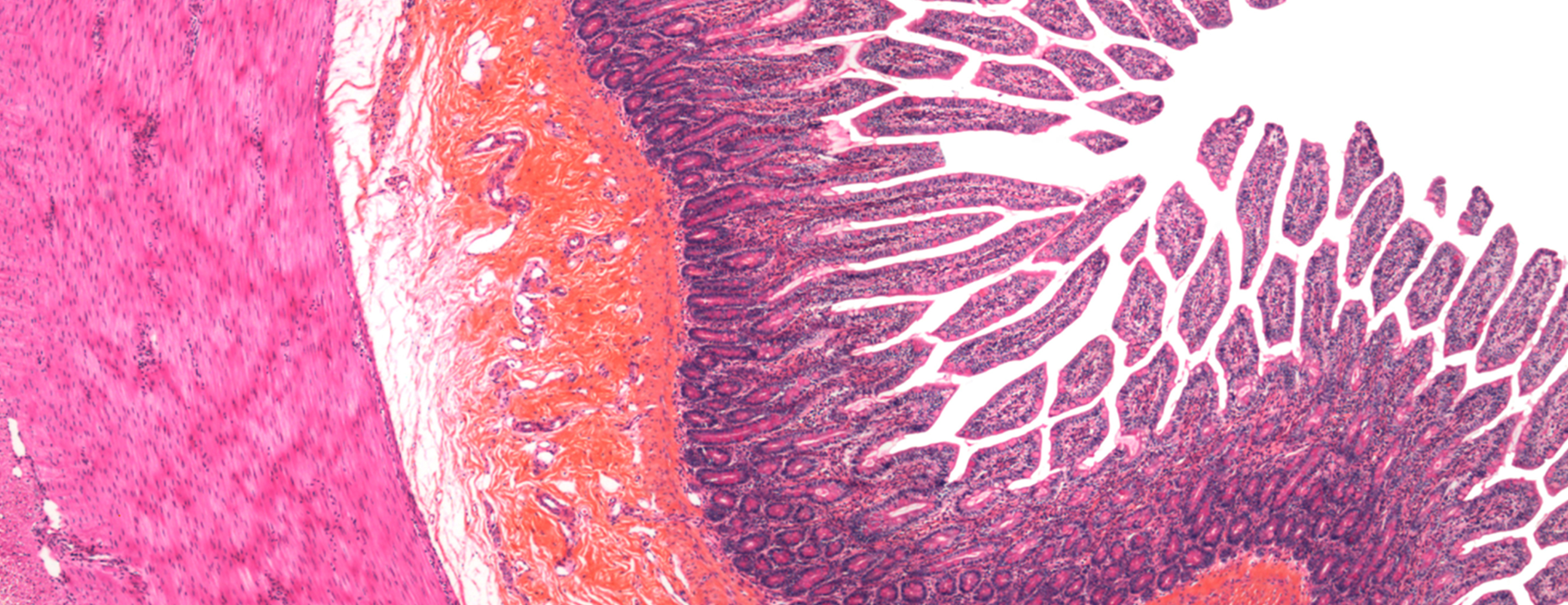
Small bowel tissue smear
Definition
Small bowel tissue smear is a lab test that checks for disease in a sample of tissue from the small intestine.
How the Test is Performed
A sample of
The sample is sent to a laboratory. There it is sliced, stained, and placed on a microscope slide to be examined.
How to Prepare for the Test
You will need to have an EGD procedure for the sample to be taken. Prepare for this procedure in the way your health care provider recommends.
How the Test will Feel
You are not involved in the test once the sample is taken.
Why the Test is Performed
Your provider may order this test to look for an infection or other disease of the small intestine. In most cases, this test is done only when a diagnosis could not be made using stool and blood tests.
Normal Results
A normal result means that there were no indicators of disease when the sample was examined under the microscope.
The small intestine normally contains certain healthy bacteria and yeast. Their presence is not a sign of disease.
Normal value ranges may vary slightly among different laboratories. Talk to your provider about the meaning of your specific test results.
What Abnormal Results Mean
An abnormal result means that certain microorganisms, such as the parasites giardia or strongyloides were seen in the tissue sample. It may also mean that there were changes in the structure (anatomy) of the tissue.
The biopsy may also reveal evidence of celiac disease, Whipple disease or Crohn disease.
Risks
There are no risks associated with a laboratory culture.
References
Dupont HL. Approach to the patient with suspected enteric infection. In: Goldman L, Schafer AI, eds. Goldman-Cecil Medicine. 25th ed. Philadelphia, PA: Elsevier Saunders; 2016:chap 283.
Fritsche TR, Pritt BS. Medical parasitology. In: McPherson RA, Pincus MR, eds. Henry's Clinical Diagnosis and Management by Laboratory Methods. 23rd ed. Philadelphia, PA: Elsevier; 2017:chap 63.
Haines CF, Sears CL. Infectious enteritis and proctocolitis. In: Feldman M, Friedman LS, Brandt LJ, eds. Sleisenger and Fordtran's Gastrointestinal and Liver Disease. 10th ed. Philadelphia, PA: Elsevier Saunders; 2016:chap 110.
Semrad CE. Approach to the patient with diarrhea and malabsorption. In: Goldman L, Schafer AI, eds. Goldman-Cecil Medicine. 25th ed. Philadelphia, PA: Elsevier Saunders; 2016:chap 140.
Siddiqi HA, Salwen MJ, Shaikh MF, Bowne WB. Laboratory diagnosis of gastrointestinal and pancreatic disorders In: McPherson RA, Pincus MR, eds. Henry's Clinical Diagnosis and Management by Laboratory Methods. 23rd ed. Philadelphia, PA: Elsevier; 2017:chap 22.
Review Date: 04/11/2018
The information provided herein should not be used during any medical emergency or for the diagnosis or treatment of any medical condition. A licensed physician should be consulted for diagnosis and treatment of any and all medical conditions. Call 911 for all medical emergencies. Links to other sites are provided for information only -- they do not constitute endorsements of those other sites. Copyright ©2019 A.D.A.M., Inc., as modified by University of California San Francisco. Any duplication or distribution of the information contained herein is strictly prohibited.
Information developed by A.D.A.M., Inc. regarding tests and test results may not directly correspond with information provided by UCSF Health. Please discuss with your doctor any questions or concerns you may have.





